Intro
One of the ancient breeds of the world, (especially their cousin the Arabian) The Moroccan or North African Barb’s origins are shrouded in mystery.
Read more

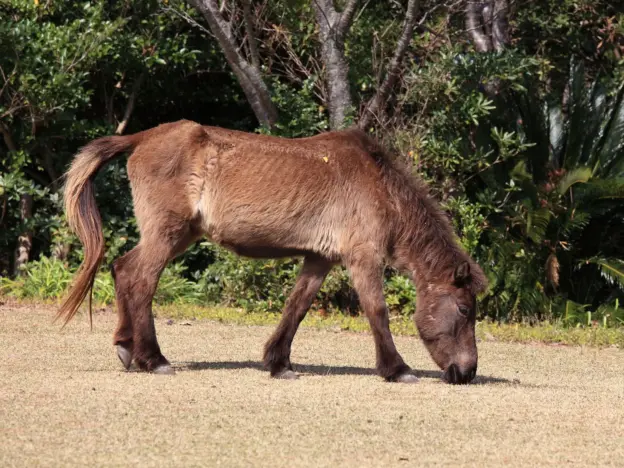
Also called the Tokara Kyusu, Kagoshima, Kuyshu and Miyazki the Tokara pony comes from the Tokara Islands in Japan.
Read more
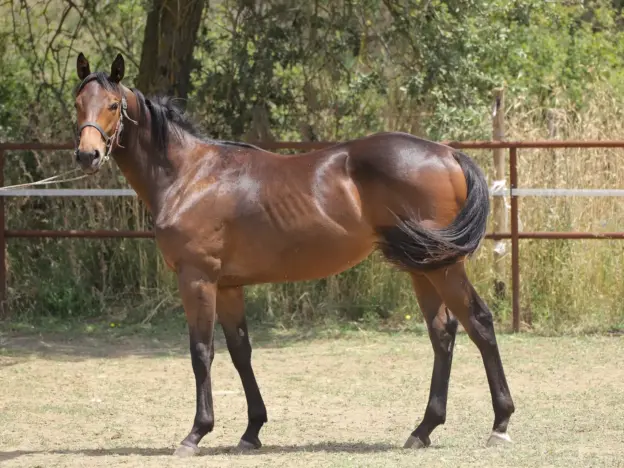
Few breeds, (besides perhaps the Arabian & the Andalusian) have traveled as far & as wide as the English (or British) Thoroughbred animals have. While racing horses has been a sport for as long as we have been on their back, the British took horse racing to another level entirely.
Read more
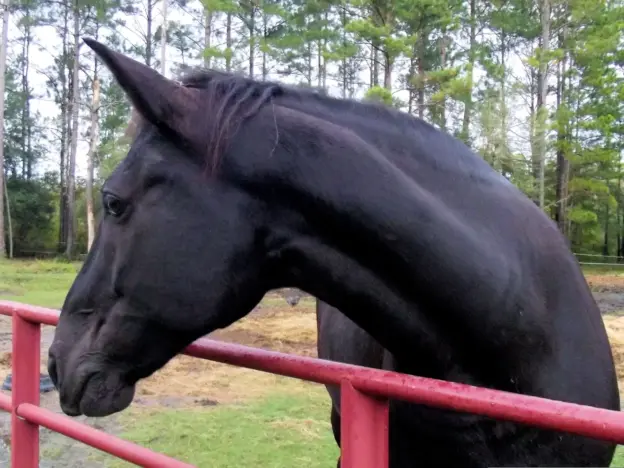
Known for their distinctive gait, the Tennessee Walking horse plays an important part in the history of American gaited horses. Their bloodlines were influenced by the plantation economy and needs in the southern part of the US.
Read more
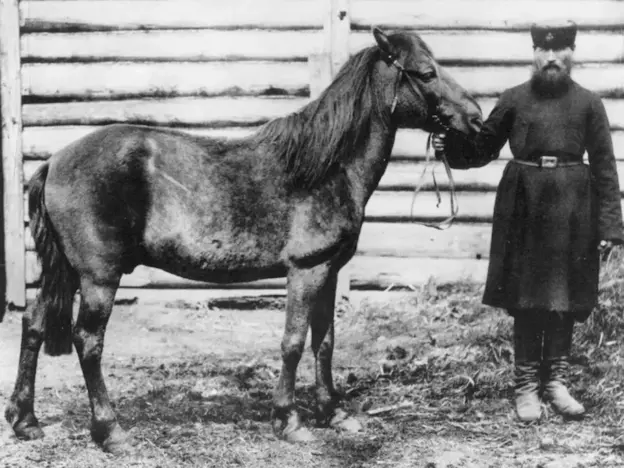
The last wild Tarpan died in Russia and is an extinct species, the last two on the planet died within a decade of each other in the late 19th century. There have been attempts to recreate the Tarpan, including the Heck Horse and Hegardt Horse.
Read more
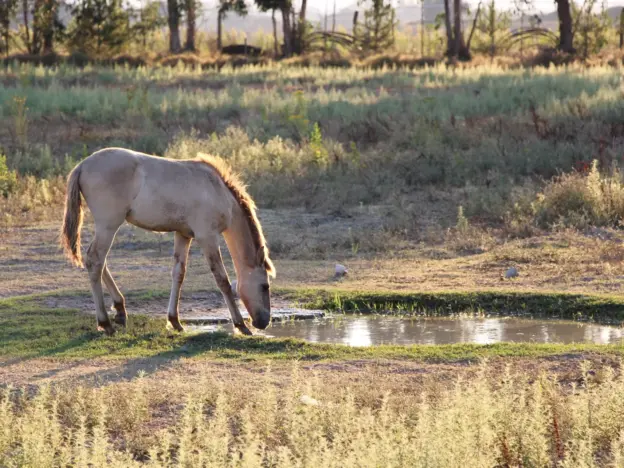
The Sorraia is thought to be the last remnant of wild horses that lived across most of the Iberian Peninsula, including parts of Spain and Portugal. Although we call them a breed today, they are actually what remains of an indigenous wild horse. Only recently, after the Portuguese National Stud took over registration of these animals, have they been promoted as a ‘breed’.
Read more
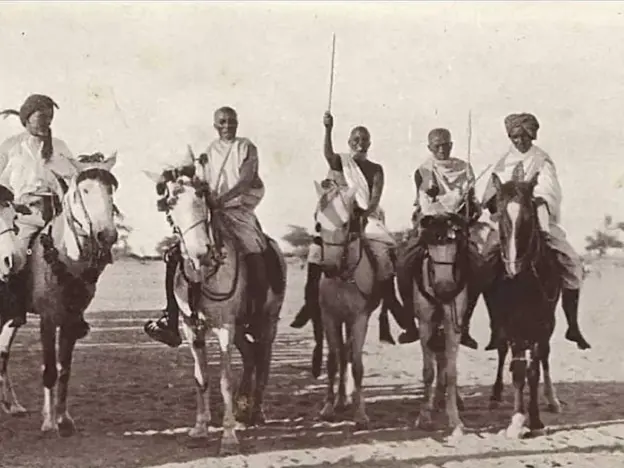
The Somali Pony is a country bred animal from Somalia and there are several varieties within the breed, although their numbers are very small. They are bred by a number of local tribes, the Dhulbahante tribe being the largest breeder.
Read more
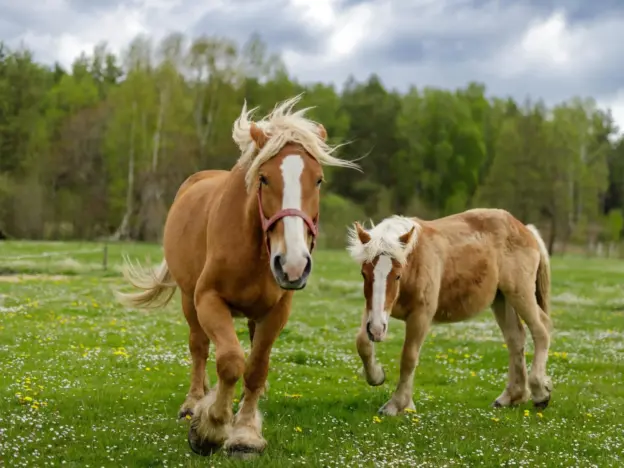
The Sokolsky or Sokolski is a powerful coldblood draft breed that has been developed in the northeast of Poland for the last century.
Read more
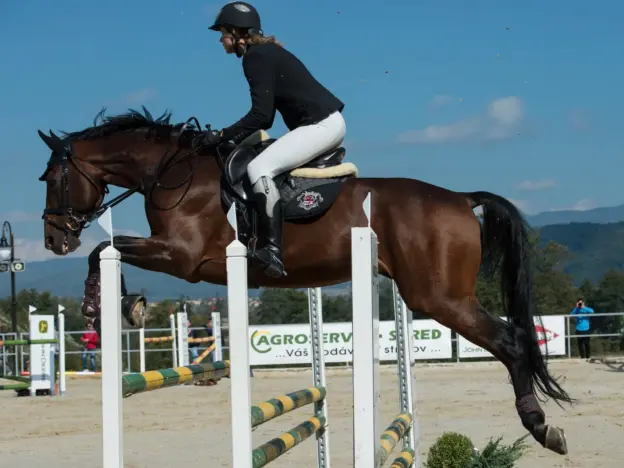
Also called Slovak or Slovensky Teplokrevnik, Slovakian Warmbloods are very similar to Czech Warmbloods. Like most sport breeds, they are bred and registered based on temperament, athletic ability and performance rather than specific bloodlines.
Read more
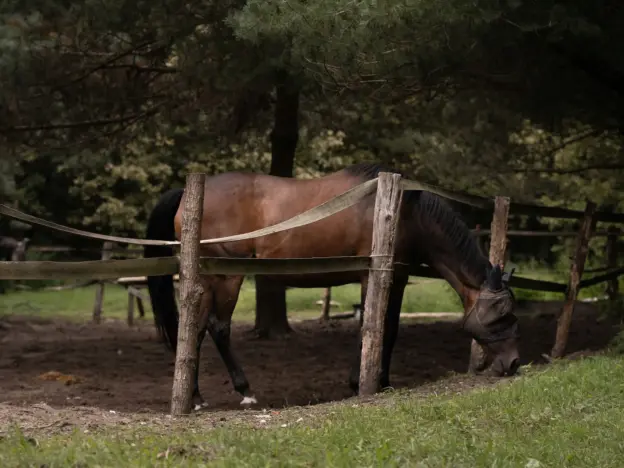
Like most sport pony breeds, the Slovak Sport Pony is more of a type than a breed and similar to sports pony types found in many European countries.
Read more